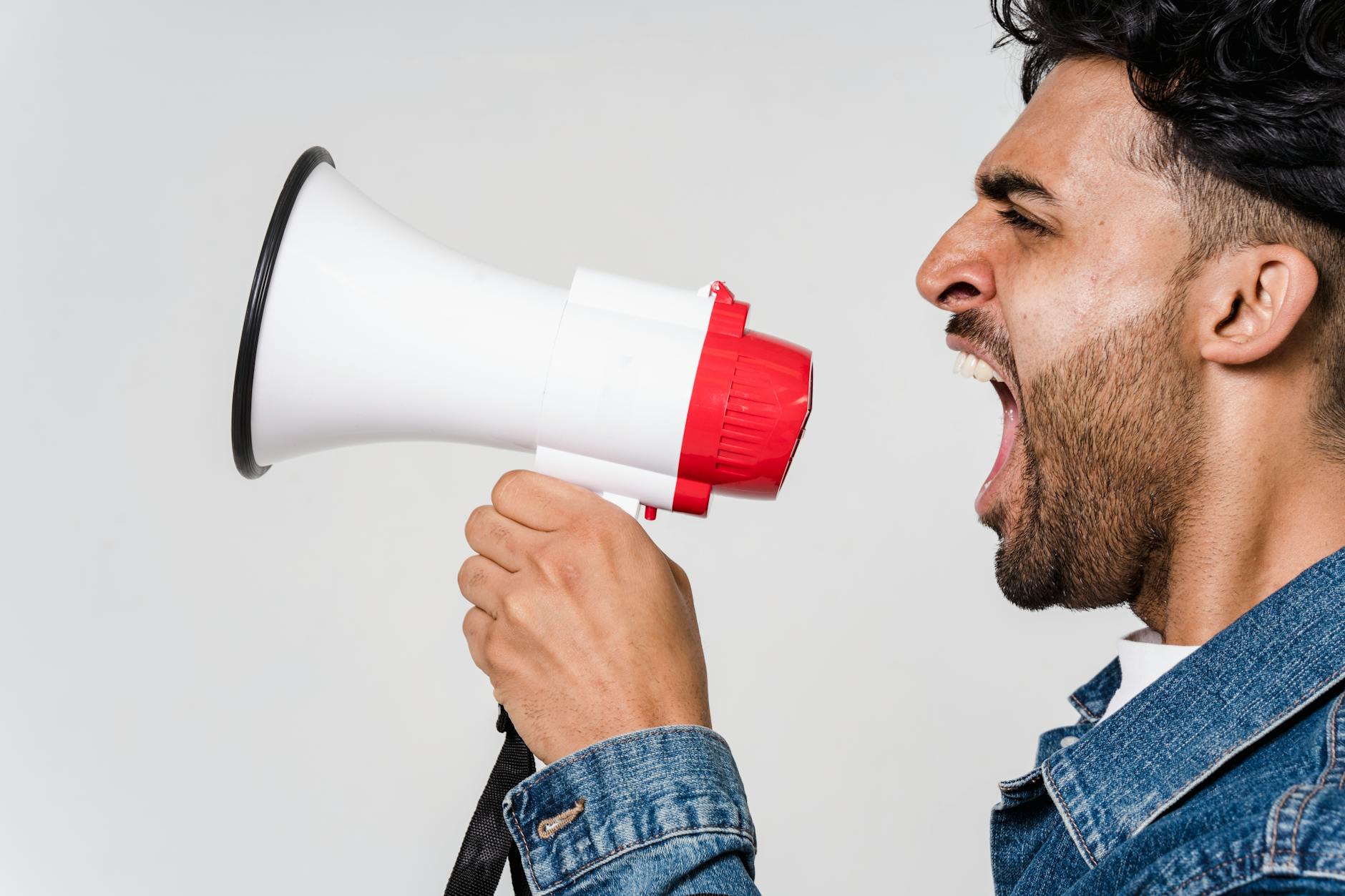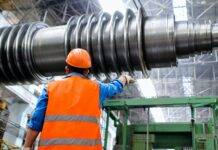
Noise Control: Hearing Protection and Monitoring
Introduction
Noise, a prevalent occupational hazard in various industries, poses risks to the health and well-being of workers. This article delves into the importance of noise control measures, focusing on the use of hearing protection and monitoring practices to safeguard employees from the detrimental effects of excessive noise exposure in the workplace.
Hearing Protection Measures
- Selection of Appropriate Hearing Protection
- Identifying the level of noise exposure to determine suitable hearing protection
- Offering a range of protective gear, including earplugs and earmuffs, based on the specific needs of each work environment
- Proper Fit and Usage
- Ensuring the proper fit of hearing protection for each individual
- Providing training on the correct usage and maintenance of earplugs and earmuffs to maximize effectiveness
- Customized Hearing Protection
- Offering customized hearing protection options
- Tailoring protective gear to accommodate individual preferences, ensuring comfort and increased likelihood of consistent use
- Integration of Noise-Reducing Technologies
- Exploring and implementing technologies that reduce noise exposure
- Utilizing noise-canceling headphones or other innovative solutions to complement traditional hearing protection methods
- Periodic Hearing Protection Assessments
- Conducting periodic assessments of the effectiveness of hearing protection measures
- Adjusting and updating protection strategies based on changes in noise levels or the introduction of new equipment
- Engineering Controls
- Implementing engineering controls to reduce noise at the source
- Modifying equipment, processes, or workplace layout to minimize noise generation and exposure
- Hearing Protection Zones
- Establishing designated hearing protection zones in high-noise areas
- Clearly marking and communicating areas where hearing protection is mandatory for all personnel
Noise Monitoring Practices
- Regular Noise Assessments
- Conducting regular noise assessments to identify areas of high noise exposure
- Using sound level meters or dosimeters to measure and monitor noise levels throughout the workplace
- Employee Exposure Monitoring
- Monitoring individual employees’ exposure to noise
- Identifying workers who may require additional protection or adjustments based on their specific roles and exposure levels
- Implementation of Administrative Controls
- Developing and implementing administrative controls to manage noise exposure
- Rotating employees through noisy tasks or scheduling breaks to reduce prolonged exposure
- Establishment of Quiet Areas
- Creating designated quiet areas for breaks and relief from high noise levels
- Providing employees with spaces where they can temporarily escape loud environments
- Noise Control Training
- Offering training on the risks of noise exposure and the importance of protective measures
- Ensuring that employees are aware of the potential impact on their hearing and understand the necessity of compliance with safety measures
- Use of Warning Signs
- Installing warning signs in high-noise areas
- Alerting employees and visitors to the presence of elevated noise levels and the requirement for hearing protection
- Continuous Improvement through Feedback
- Encouraging employees to provide feedback on noise control measures
- Incorporating suggestions and insights to enhance the effectiveness of noise management strategies
Conclusion
In conclusion, prioritizing noise control measures through the use of effective hearing protection and monitoring practices is essential for preserving the health and safety of workers. The selection of appropriate protective gear, regular noise assessments, and the integration of engineering controls contribute to creating a workplace where noise exposure is minimized. By combining preventive measures with ongoing monitoring and feedback mechanisms, organizations can foster a culture of safety that safeguards employees from the adverse effects of excessive noise.
How To Prepare Risk Assessment for Noise
Noise Hazards and Control Measures
Frequently Asked Questions (FAQs)
- Why is the proper fit of hearing protection important?
- The proper fit of hearing protection is crucial to maximize effectiveness. Ensuring a snug fit of earplugs or earmuffs enhances their ability to reduce noise exposure, providing optimal protection for individuals.
- What are engineering controls for noise control?
- Engineering controls involve modifying equipment, processes, or the layout of the workplace to reduce noise at the source. These controls aim to minimize noise generation and exposure, complementing traditional hearing protection methods.
- Why are periodic noise assessments necessary?
- Periodic noise assessments help identify areas of high noise exposure in the workplace. Conducting regular assessments using sound level meters or dosimeters allows organizations to adjust protective measures based on changes in noise levels or the introduction of new equipment.
- What is the purpose of establishing hearing protection zones?
- Hearing protection zones are designated areas where the use of hearing protection is mandatory. Clear marking and communication in high-noise areas ensure that all personnel are aware of the requirement, contributing to a safer work environment.
- How does continuous improvement through feedback enhance noise control measures?
- Continuous improvement through employee feedback allows organizations to refine and enhance noise control measures. By incorporating insights and suggestions, companies can adapt their strategies to better suit the specific needs and challenges of their workplace, fostering a culture of safety.





















